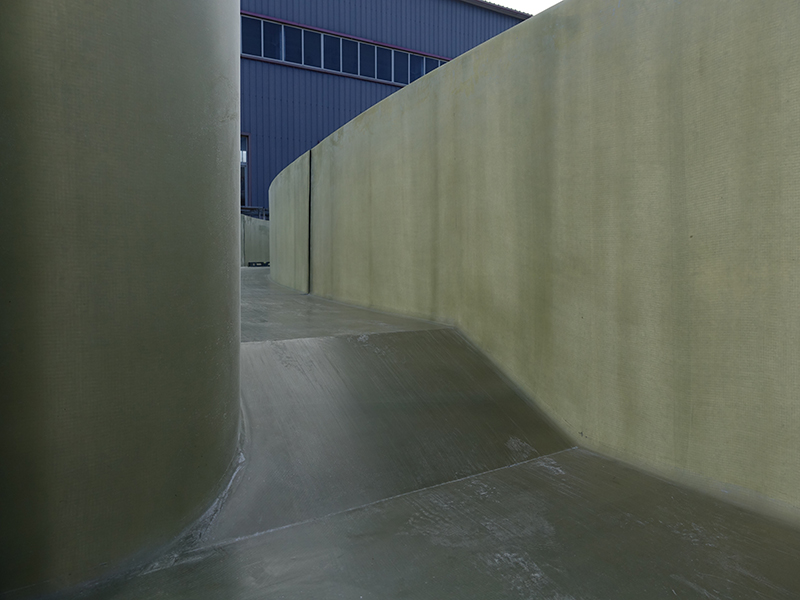
-
 Afrikaans
Afrikaans -
 Albanian
Albanian -
 Amharic
Amharic -
 Arabic
Arabic -
 Armenian
Armenian -
 Azerbaijani
Azerbaijani -
 Basque
Basque -
 Belarusian
Belarusian -
 Bengali
Bengali -
 Bosnian
Bosnian -
 Bulgarian
Bulgarian -
 Catalan
Catalan -
 Cebuano
Cebuano -
 China
China -
 China (Taiwan)
China (Taiwan) -
 Corsican
Corsican -
 Croatian
Croatian -
 Czech
Czech -
 Danish
Danish -
 Dutch
Dutch -
 English
English -
 Esperanto
Esperanto -
 Estonian
Estonian -
 Finnish
Finnish -
 French
French -
 Frisian
Frisian -
 Galician
Galician -
 Georgian
Georgian -
 German
German -
 Greek
Greek -
 Gujarati
Gujarati -
 Haitian Creole
Haitian Creole -
 hausa
hausa -
 hawaiian
hawaiian -
 Hebrew
Hebrew -
 Hindi
Hindi -
 Miao
Miao -
 Hungarian
Hungarian -
 Icelandic
Icelandic -
 igbo
igbo -
 Indonesian
Indonesian -
 irish
irish -
 Italian
Italian -
 Japanese
Japanese -
 Javanese
Javanese -
 Kannada
Kannada -
 kazakh
kazakh -
 Khmer
Khmer -
 Rwandese
Rwandese -
 Korean
Korean -
 Kurdish
Kurdish -
 Kyrgyz
Kyrgyz -
 Lao
Lao -
 Latin
Latin -
 Latvian
Latvian -
 Lithuanian
Lithuanian -
 Luxembourgish
Luxembourgish -
 Macedonian
Macedonian -
 Malgashi
Malgashi -
 Malay
Malay -
 Malayalam
Malayalam -
 Maltese
Maltese -
 Maori
Maori -
 Marathi
Marathi -
 Mongolian
Mongolian -
 Myanmar
Myanmar -
 Nepali
Nepali -
 Norwegian
Norwegian -
 Norwegian
Norwegian -
 Occitan
Occitan -
 Pashto
Pashto -
 Persian
Persian -
 Polish
Polish -
 Portuguese
Portuguese -
 Punjabi
Punjabi -
 Romanian
Romanian -
 Russian
Russian -
 Samoan
Samoan -
 Scottish Gaelic
Scottish Gaelic -
 Serbian
Serbian -
 Sesotho
Sesotho -
 Shona
Shona -
 Sindhi
Sindhi -
 Sinhala
Sinhala -
 Slovak
Slovak -
 Slovenian
Slovenian -
 Somali
Somali -
 Spanish
Spanish -
 Sundanese
Sundanese -
 Swahili
Swahili -
 Swedish
Swedish -
 Tagalog
Tagalog -
 Tajik
Tajik -
 Tamil
Tamil -
 Tatar
Tatar -
 Telugu
Telugu -
 Thai
Thai -
 Turkish
Turkish -
 Turkmen
Turkmen -
 Ukrainian
Ukrainian -
 Urdu
Urdu -
 Uighur
Uighur -
 Uzbek
Uzbek -
 Vietnamese
Vietnamese -
 Welsh
Welsh -
 Bantu
Bantu -
 Yiddish
Yiddish -
 Yoruba
Yoruba -
 Zulu
Zulu
mold
Understanding Mold Types, Impacts, and Prevention
Mold is a type of fungus that plays a crucial role in our ecosystem by breaking down organic matter. However, mold can also pose significant health risks and architectural problems in our homes and buildings. Understanding the different types of mold, their impacts on human health, and strategies for prevention is essential for maintaining a safe living environment.
Molds thrive in moist, warm, and humid conditions, making them commonly found both indoors and outdoors. There are thousands of mold species, but the ones most often encountered indoors include Aspergillus, Penicillium, and Stachybotrys, commonly known as black mold. While many molds are harmless and even beneficial, certain types, especially black mold, can release mycotoxins into the air, leading to various health issues.
The impacts of mold on human health can be significant, particularly for individuals with respiratory conditions, allergies, or weakened immune systems. Exposure to mold spores can trigger allergic reactions, asthma attacks, and other respiratory problems. Symptoms may include sneezing, coughing, irritation of the eyes and skin, and, in more severe cases, chronic health issues. It is particularly concerning for young children, the elderly, and those with pre-existing health conditions, who may experience more severe reactions.
Recognizing the signs of mold growth in your home is crucial for early intervention. Common indicators include a musty odor, stained walls or ceilings, and visible growth on various surfaces. Mold often hides in places like behind walls, under carpets, and in ducts, making it challenging to identify without a thorough inspection. If you suspect mold presence, it's essential to address it promptly to mitigate health risks.
Prevention is the best strategy when it comes to mold. The key to keeping mold at bay is controlling moisture levels in your home. Here are some practical tips to prevent mold growth
1. Control Humidity Keep indoor humidity levels between 30% and 50%. Use dehumidifiers in damp areas such as basements, and ensure good ventilation throughout your home.
mold

2. Fix Leaks Promptly repair any leaks in roofs, walls, or plumbing. Water accumulation is a primary catalyst for mold growth.
3. Ventilate Ensure that areas prone to moisture, like bathrooms and kitchens, are well-ventilated. Use exhaust fans and open windows to allow fresh air circulation.
4. Use Mold-Resistant Products When building or renovating, consider using mold-resistant drywall and paint.
5. Clean and Dry Quickly clean and dry any spills or wet areas. Carpets and upholstery should be dried and cleaned immediately if they become wet.
6. Regular Maintenance Regularly inspect your home for signs of water damage or mold growth. Early detection can prevent more extensive issues.
In some cases, if the mold growth is extensive, it may be necessary to consult a professional mold remediation specialist. They have the expertise and equipment to effectively remove mold and ensure that it does not return.
In conclusion, while mold serves an essential role in the ecosystem, when it invades our living spaces, it can lead to various health issues and structural damage. By understanding the types of mold, recognizing the potential health impacts, and implementing effective prevention strategies, homeowners can maintain a safe and healthy environment. Regular maintenance and vigilance can go a long way in preventing mold-related problems, ultimately benefiting the health of all occupants in a home.









